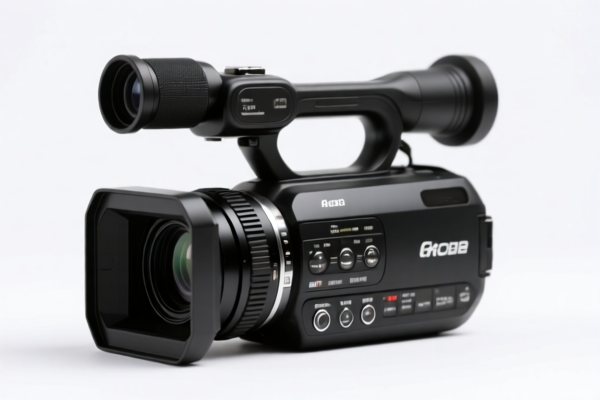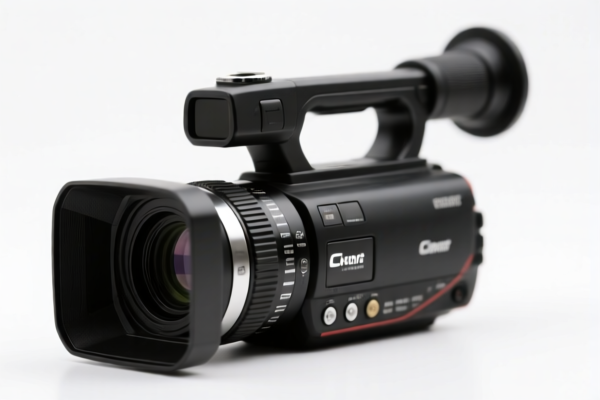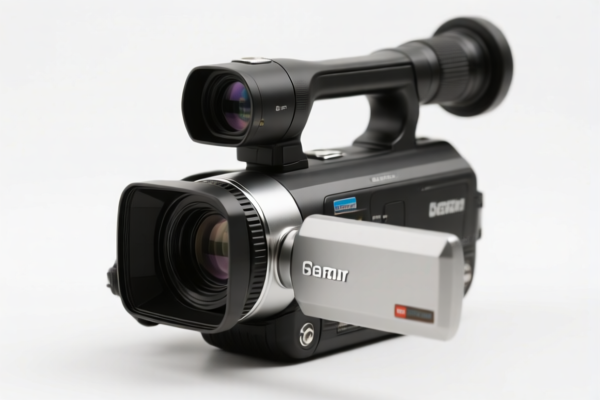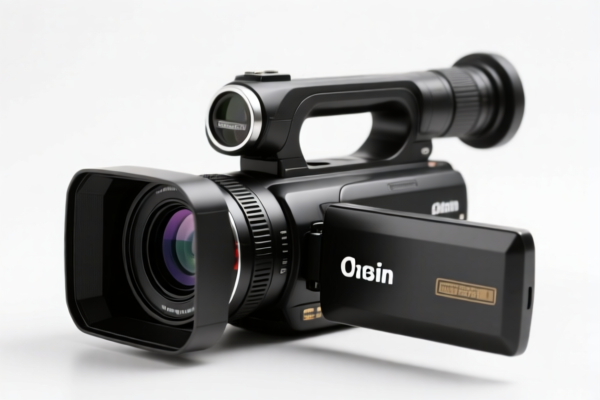| HS Code | Official Doc | Tariff Rate | Origin | Destination | Effective Date |
|---|---|---|---|---|---|
| 9620002000 | Doc | 60.8% | CN | US | 2025-05-12 |
| 9620005000 | Doc | 60.3% | CN | US | 2025-05-12 |
| 9617006000 | Doc | 37.2% | CN | US | 2025-05-12 |
| 3926904800 | Doc | 33.4% | CN | US | 2025-05-12 |
| 3926909989 | Doc | 42.8% | CN | US | 2025-05-12 |
| 3919905060 | Doc | 60.8% | CN | US | 2025-05-12 |
| 3919905040 | Doc | 60.8% | CN | US | 2025-05-12 |
| 9006910001 | Doc | 43.3% | CN | US | 2025-05-12 |
| 4202110030 | Doc | 63.0% | CN | US | 2025-05-12 |
| 4202110030 | Doc | 63.0% | CN | US | 2025-05-12 |
| 4205000500 | Doc | 57.9% | CN | US | 2025-05-12 |
| 4205004000 | Doc | 56.8% | CN | US | 2025-05-12 |




Camera Cover
A camera cover is a physical barrier designed to block the lens of a webcam or camera, typically found on laptops, smartphones, tablets, and smart TVs. These covers address privacy and security concerns related to potential unauthorized access and recording through a device's camera.
Material
Camera covers are commonly constructed from:
- Plastic: ABS plastic is frequently used due to its low cost, durability, and ease of manufacturing.
- Metal: Aluminum alloy is employed in higher-end covers, offering increased durability and a more premium aesthetic.
- Sliding Mechanism Components: These often involve a combination of plastic and sometimes metal for smooth operation.
Purpose
The primary purpose of a camera cover is to:
- Enhance Privacy: Prevent unwanted surveillance by physically blocking the camera lens when not in use.
- Reduce Hacking Risks: Minimize the potential for malicious software to activate the camera without the user's knowledge or consent.
- Prevent Accidental Activation: Block the camera to avoid unintentional broadcasting during video calls or other applications.
Function
Camera covers operate through a simple sliding or flipping mechanism.
- Sliding Covers: These move horizontally across the camera lens, completely obstructing the view.
- Flipping Covers: These rotate or pivot to cover or uncover the lens.
- Adhesive-Backed Covers: These attach directly to the camera and can be manually opened or closed.
Usage Scenarios
- Laptops: Commonly used on laptops to protect privacy during video conferencing, online classes, or general web browsing.
- Smartphones: Used on smartphones to prevent unauthorized access to the front or rear cameras.
- Tablets: Employed on tablets for privacy during video calls and online activities.
- Smart TVs: Used on smart TVs with integrated cameras to protect against potential surveillance.
- All-in-One Computers: Protect the integrated webcam in desktop all-in-one computers.
Common Types
- Sliding Webcam Covers: The most prevalent type, offering a simple and effective solution for laptops and all-in-one computers. Often feature a small slider that moves across the camera lens.
- Flipping Webcam Covers: These covers rotate or pivot to cover the camera. Some designs are universal, while others are device-specific.
- Adhesive Webcam Covers: These small, thin covers adhere directly to the camera lens using adhesive. They are typically reusable and can be repositioned.
- Universal Webcam Covers: Designed to fit a wide range of laptop and device cameras.
- Device-Specific Webcam Covers: Tailored to the exact dimensions and shape of a particular laptop or device model.
- Magnetic Webcam Covers: Utilize magnets to attach and detach from the camera.
Camera covers are protective or decorative accessories for cameras. Based on the provided reference material, the following HS codes may be relevant:
- 9006910001: Photographic (other than cinematographic) cameras; photographic flashlight apparatus and flashbulbs other than discharge lamps of heading 8539; parts and accessories thereof: Parts and accessories: For cameras. This code covers parts and accessories for cameras, which would include covers designed specifically for camera protection or function. (Chapter 90, Heading 06, Subheading 910001). The total tax rate is 43.3%.
- 4202110030: Trunks, suitcases, vanity cases, attache cases, briefcases, school satchels, spectacle cases, binocular cases, camera cases, musical instrument cases, gun cases, holsters and similar containers; traveling bags, insulated food or beverage bags, toiletry bags, knapsacks and backpacks, handbags, shopping bags, wallets, purses, map cases, cigarette cases, tobacco pouches, tool bags, sports bags, bottle cases, jewelry boxes, powder cases, cutlery cases and similar containers, of leather or of composition leather, of sheeting of plastics, of textile materials, of vulcanized fiber or of paperboard, or wholly or mainly covered with such materials or with paper: Trunks, suitcases, vanity cases, attache cases, briefcases, school satchels and similar containers: With outer surface of leather or of composition leather Attache cases, briefcases, school satchels, occupational luggage cases and similar containers. This code includes camera cases, which could encompass protective covers, particularly those resembling cases. (Chapter 42, Heading 02, Subheading 110030). The total tax rate is 63.0%.
- 3926904800: Other articles of plastics and articles of other materials of headings 3901 to 3914: Other: Photo albums. While primarily for photo albums, this code covers other articles of plastics, and a plastic camera cover could potentially fall under this category if it doesn't fit more specific classifications. (Chapter 39, Heading 26, Subheading 904800). The total tax rate is 33.4%.
Regarding HS code 4202110030, please note that the outer surface must be of leather or composition leather for this code to apply.
Customer Reviews
No reviews yet.